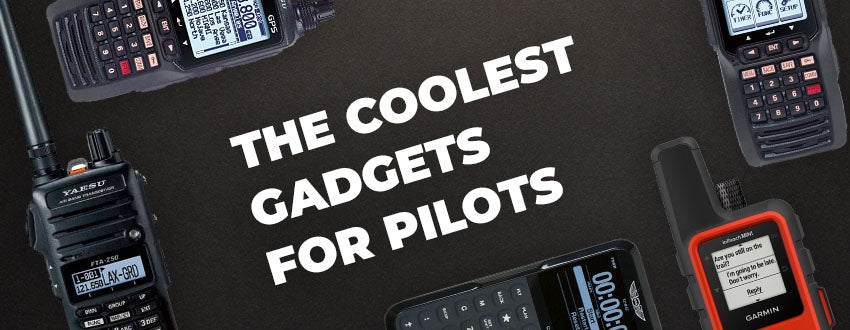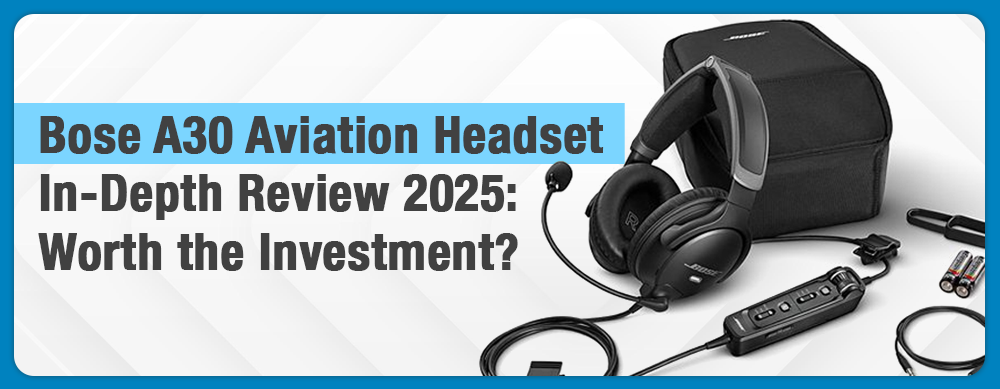Are you ready for icy conditions? Winter can bring some unique challenges, but not to worry, we've got you covered. Always make sure to research local regulations and seek advice from seasoned winter travelers before taking off on your journey.
Take a look at these helpful tips before you head out into the frosty air.
1. How does Cold Weather Affect Aircraft Performance?
The performance of an aircraft can be impacted by cold weather in several ways, including decreased engine efficiency, reduced tire pressure, and increased drag due to ice accumulation.
Pilots should familiarize themselves with the specific performance limitations of their aircraft in cold weather and adjust their flight plans accordingly.
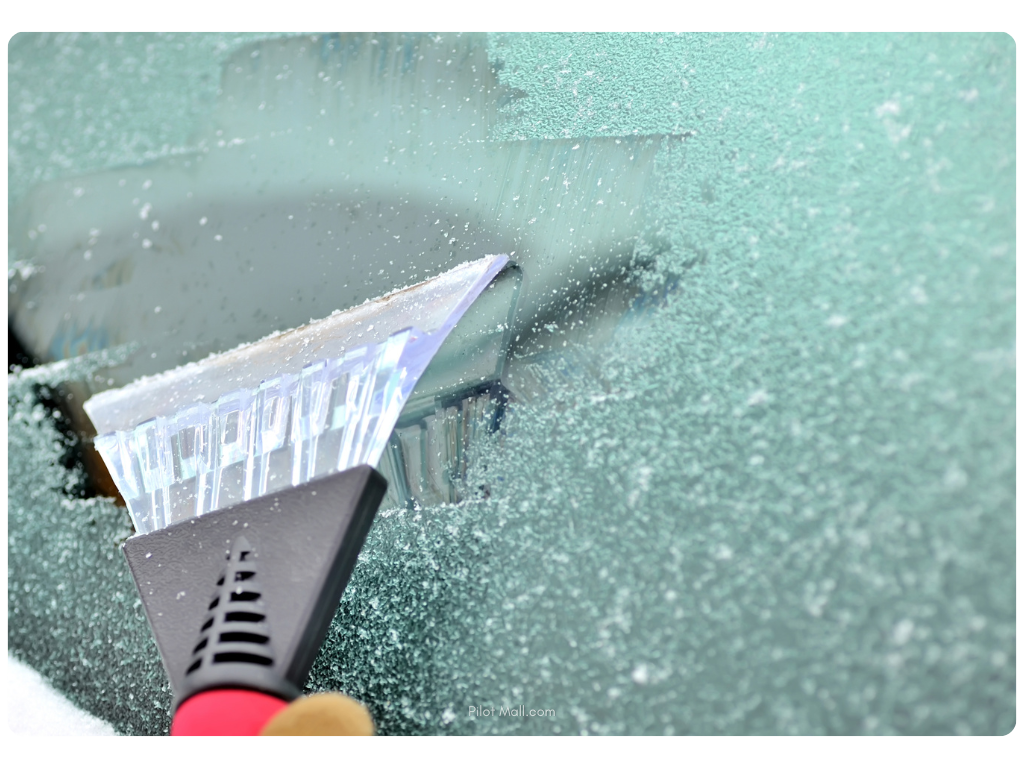 2. How do I Properly de-ice my Aircraft Before Flight?
2. How do I Properly de-ice my Aircraft Before Flight?
De-icing an aircraft is a critical safety procedure that must be done thoroughly and correctly before flight.
Pilots should follow the manufacturer's recommended procedures and use only approved de-icing fluids. Many pilots opt for renting a heated hangar during the colder months of the year to help prevent the ice accumulation on the aircraft and if you have deicing boots check for damage such as cracks.
Keep in mind that it is also important to monitor bad weather conditions and re-treat the aircraft if necessary.
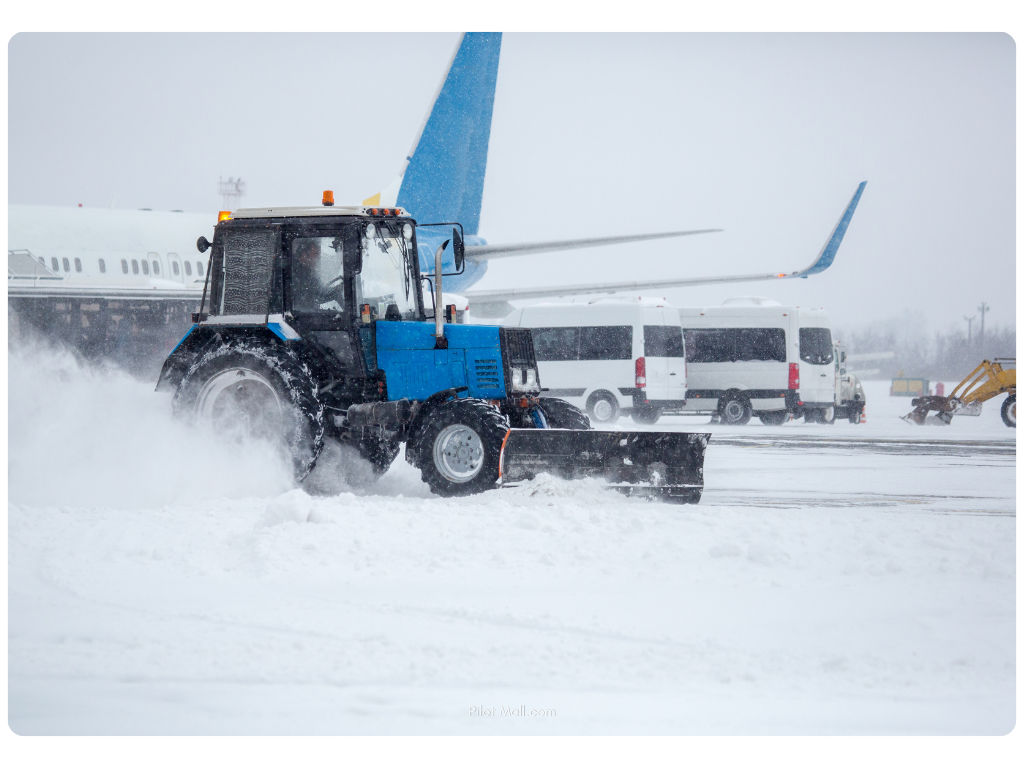 3. What are the Best Practices for Winter Weather Conditions?
3. What are the Best Practices for Winter Weather Conditions?
Pilots flying in winter weather should be well-versed in their aircraft's instrumentation and performance limitations.
They should also stay up to date on weather conditions, file flight plans that take into account current weather and forecasted icing conditions, and consider alternative routes if necessary.
4. How Can I Handle an Emergency During Winter Flight Operations?
Pilots should always have an emergency plan in place, including emergency landing options, before taking off. It's also important to be aware of the unique challenges posed by winter weather, such as reduced visibility, increased icing potential, and increased risk of engine failure.
Regular training and participation in emergency scenarios can help prepare pilots for situations dealing with snow and ice on their aircraft.
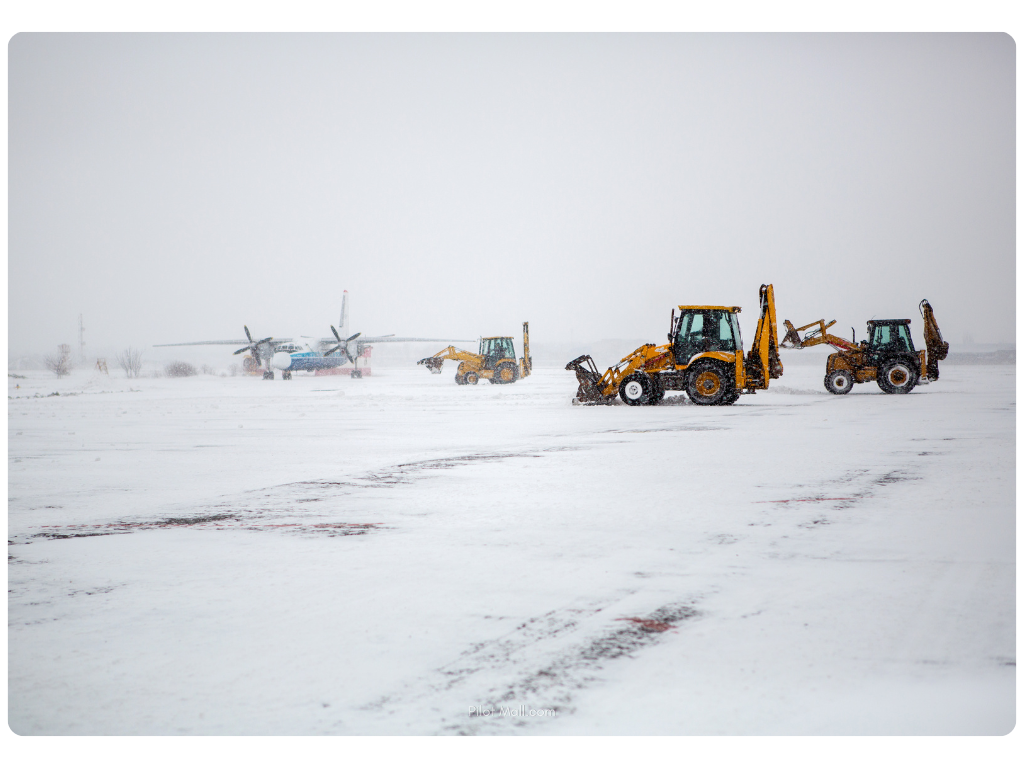
5. How Does Flying in Winter Differ From Other Seasons?
Winter flying requires a higher level of preparation and situational awareness compared to flying in other seasons.
Pilots should be familiar with the specific challenges posed by winter weather and be prepared to modify their flight plans as necessary to ensure a safe and successful flight.
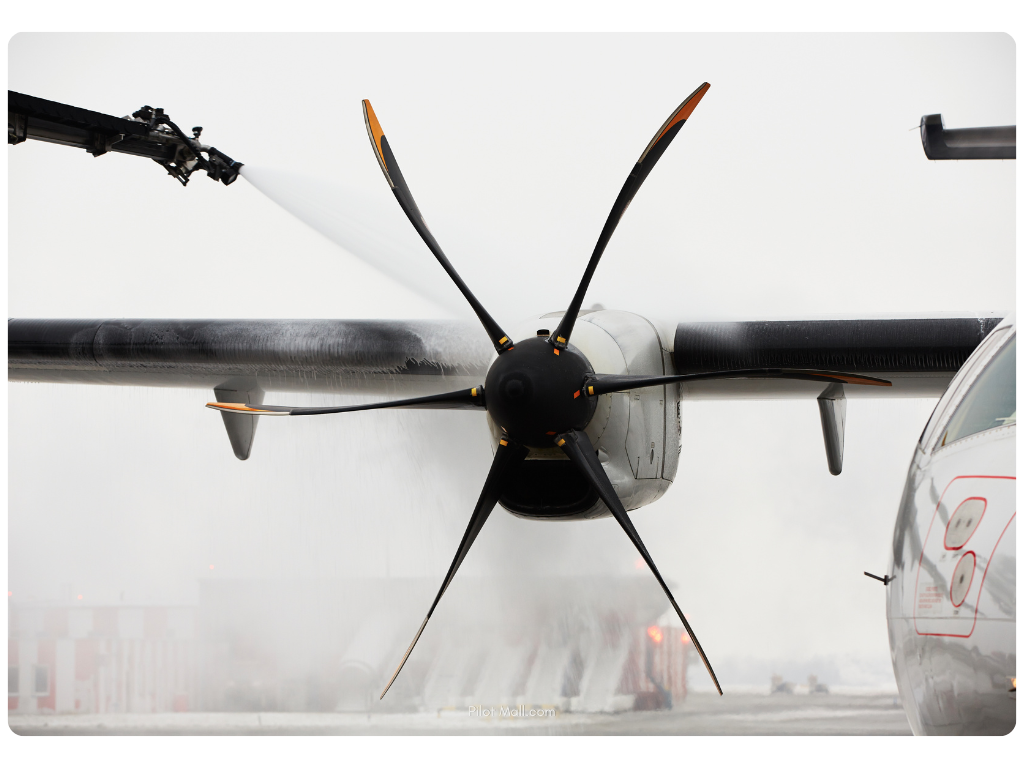 6. What are the Best Winter Flight Tips?
6. What are the Best Winter Flight Tips?
General aviation pilots need to take special care when it comes to winter flights in cold temperatures.
Pilots should stay informed about current weather conditions, file accurate and updated flight plans, and maintain a high level of situational awareness throughout their flight.
They should also be well-versed in their aircraft's winter performance limitations and de-icing procedures, and be prepared to adjust their flight plans accordingly.
7. How Can I Stay Current and Proficient With My Winter Flying Skills?
Pilots can stay current and comfortable with their flying skills during the colder season by participating in regular training and continuing education opportunities.
The FAA offers a variety of resources, including courses and training programs, to help pilots stay up to date on best practices and emerging trends in winter flying.
Here are some key precautions to take into consideration when flying a general aviation aircraft during the winter months:
- Preparation: Before taking off, it is important to check the weather conditions, use de-icing equipment when applicable, and have a detailed flight plan.
- Weather information: Obtain accurate weather information and be aware of the potential effects of winter weather, such as icing, turbulence, and low visibility.
- Equipment: Ensure that you have the right equipment for winter flying, such as de-icing boots, anti-icing fluids, and heated pitot tubes.
- Pre-flight checks: Perform thorough pre-flight checks, including checking for frost or ice on the wings and tail, and control surfaces for proper operation.
- Takeoff and landing: Familiarize yourself with takeoff and landing techniques specific to winter weather, such as using flaps, using longer runways, and adjusting airspeed.
- In-flight Icing considerations: Be aware of the in-flight considerations when flying in winter weather, such as turbulence, icing, and low visibility. Take necessary actions to ensure safe flight.
- Emergency procedures: Have a plan in place in case of an emergency, such as dealing with icing, engine failure, or lost communication.
- Training: Consider taking additional training to prepare for flying in winter weather.
Talk With Your CFI:
- Preparation: Discuss the importance of preparing your aircraft and yourself before flying in winter. This could include checking the weather conditions, using de-icing equipment, and checking your flight plan.
- Understanding the weather: Explain the effects of winter weather on general aviation aircraft, such as icing, turbulence, and low visibility. Discuss the importance of getting accurate weather information and how to obtain it.
- Equipment: Highlight the necessary equipment for flying in winter, such as de-icing boots, anti-icing fluids, and heated pitot tubes. Emphasize the importance of having the right equipment and how it can affect flight safety.
- Pre-flight checks: Discuss the additional pre-flight checks you should perform in winter, such as checking for frost or ice on the wings and tail, and checking control surfaces for proper operation.
- Takeoff and landing: Discuss the differences in takeoff and landing techniques during winter weather, such as using flaps, using longer runways, and adjusting airspeed. Highlight the importance of being familiar with these techniques and how they can impact safety.
- In-flight considerations: Discuss the factors to consider while flying in winter weather, such as turbulence, icing, and low visibility. Explain how to deal with these conditions and what actions to take to ensure safe flight.
- Emergency procedures: Discuss the emergency procedures for inclement weather, such as dealing with icing, engine failure, and lost communication. Emphasize the importance of having a plan in case of emergency and the importance of being prepared.
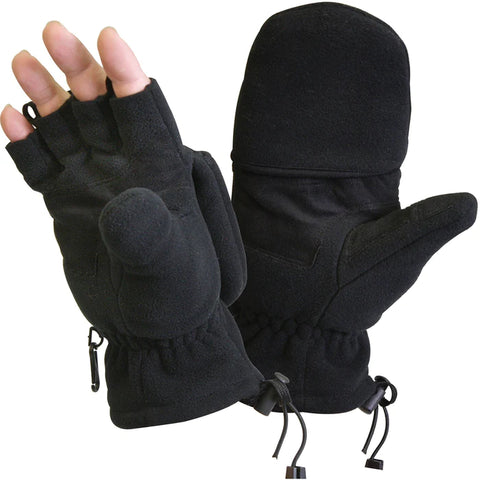
|
Pilot Fingerless Winter GlovesWhile de-icing your aircraft, make sure your fingers are properly protected from cold weather. The windproof and breathable polyester fleece shell ensures that chilly winds won't distract you during preflight checks, while the innovative fingerless design with a retractable mitten top allows you to switch between dexterity and warmth with ease. |
Takeaway
Discuss with your CFI the key points of this blog post and emphasize the importance of preparation and safety when flying in winter weather.
Ice on your aircraft can cause adverse effects on your flight performance, take it seriously and sure to remove all ice before trying to take off from the airport. Take the extra time and necessary steps to ensure a safe and enjoyable flight experience.
Did you find this article helpful?
Do you think we missed anything important? Let us know in the comments below!







